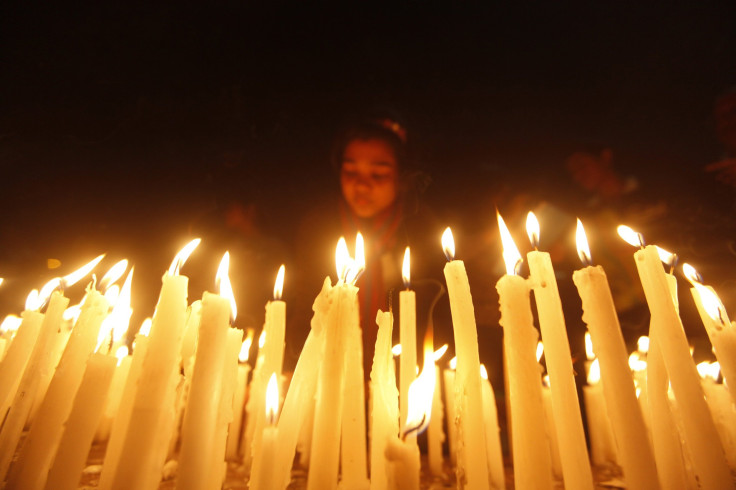Could The Delhi Gang-Rape Victim’s Death Really Change India?

Another woman in India has become the victim of a brutal sexual assault, and the worst thing about her story is its tragic familiarity.
In this latest case that has shocked the world, a 23-year-old physiology student was riding on a bus with a male companion when a gang of attackers beat both of them with a metal rod, repeatedly raping the woman, who has not yet been publicly identified. The assailants robbed both passengers of their belongings and dumped them on the side of the road.
The man survived. The woman was rushed to an intensive-care unit, eventually being transferred to a Singapore hospital. She died on Saturday morning.
Six suspects, including the bus driver, have been arrested and are now facing murder charges.
It is no wonder the story has attracted international attention. In New Delhi, where the crime occurred, thousands of demonstrators poured into the streets. Protests intensified last week, when clashes with security officials grew violent.
The demonstrators are calling for change, and it does indeed seem like a potential turning point for a country where women are often treated badly.
But this revolting rape case is not the only instance of women’s abuse that has come to the public’s attention recently. Far from it. Over the past few years, there have been several high-profile instances of sexual violence or abuse against women.
Against that backdrop, it’s hard to be optimistic about positive changes this time around.
Just this week, a 17-year-old victim of abuse committed suicide. In a note, she blamed three rapists who had attacked her in November. The police had been slow to respond to her complaint. Only after the teenager’s death did the authorities act: They fired two officers and suspended another.
Last year, major protests affected nearly all of Indian-controlled Kashmir after a woman was allegedly raped by two Indian soldiers.
The year before that, in 2010, women in urban centers such as Delhi and Mumbai protested against a medical test wherein doctors use their fingers to determine whether a rape victim has already been “habituated to sexual intercourse.”
The year before that, in 2009, violent demonstrations in Indian Kashmir erupted after two women were raped and killed by assailants who locals alleged were Indian officers.
And the year before that, in 2008, a British teenager died after being raped in the Indian resort state of Goa. The story gained international attention.
Five years. Five high-profile cases of sexual abuse against women. In every case, officials vowed to address the problem.
And now a new year is upon us.
Worst of all, those are just the cases that made headlines. According to government figures, there were 24,206 registered rape cases in 2010. For decades, the comparable number has been rising, not falling. And it doesn’t even count the much higher number of sexual-assault crimes that go unreported.
Of course, it is possible that this tragedy may be the one to turn the tide. The incident has gained unprecedented levels of attention, maybe because the details of the crime are particularly gruesome, perhaps because it occurred in the capital city.
But the Indian administration’s response has already been strongly criticized. As protests erupted, security officials moved to seal government buildings and clamp down on disorder, essentially framing the struggle as one between the demonstrators and the state. Prime Minister Manmohan Singh did not address the public about the crisis until eight days after the rape occurred -- by that time, protests were already in full swing.
Upon the victim’s death on Saturday, Singh once again delivered a statement to the people of India.
“We have already seen the emotions and energies this incident has generated,” Singh was quoted as saying by the Times of India. “These are perfectly understandable reactions from a young India and an India that genuinely desires change. It would be a true homage to her memory if we are able to channelize these emotions and energies into a constructive course of action.”
Evidence of the past several years does not support optimism on that front, especially since it is clear that a deep and pervasive attitudinal evolution -- not just a policy change -- is in order. For India’s latest high-profile victim and the tens of thousands like her whose names we will never know, words are not enough.
But we can hope that sometime soon -- maybe this time -- they will be a start.
© Copyright IBTimes 2024. All rights reserved.






















